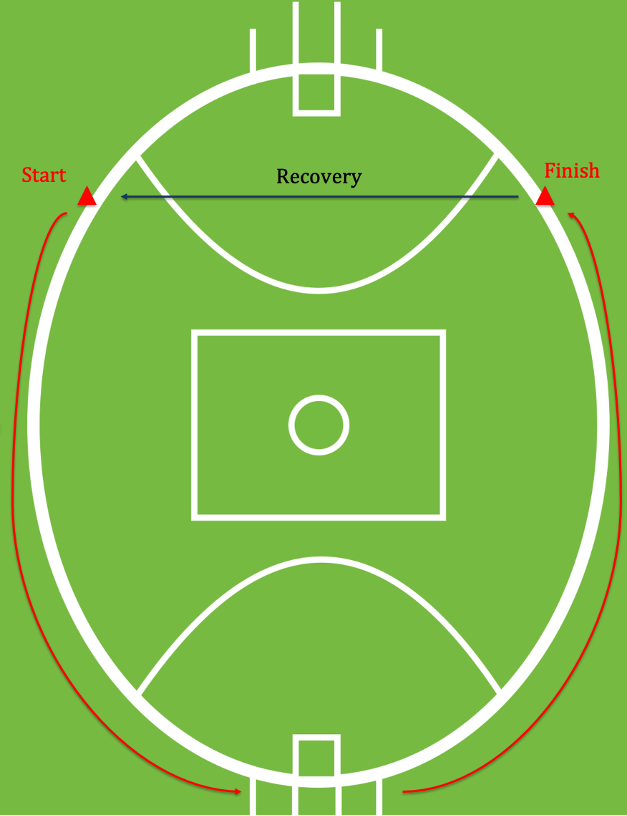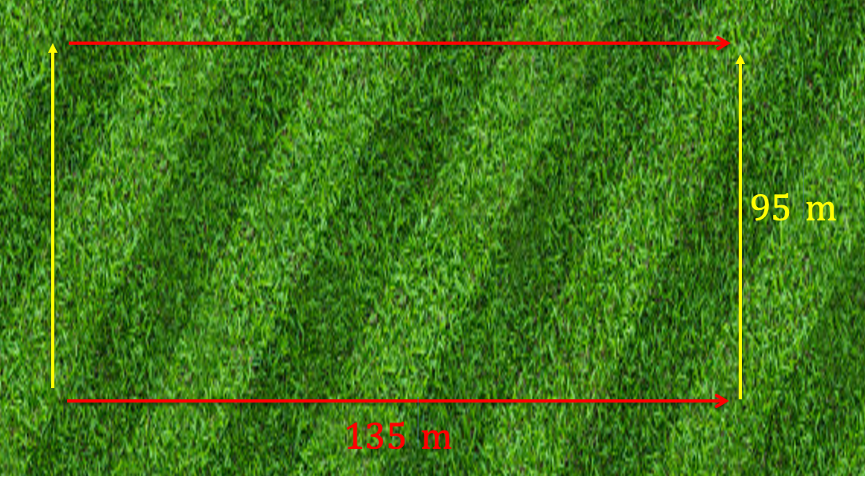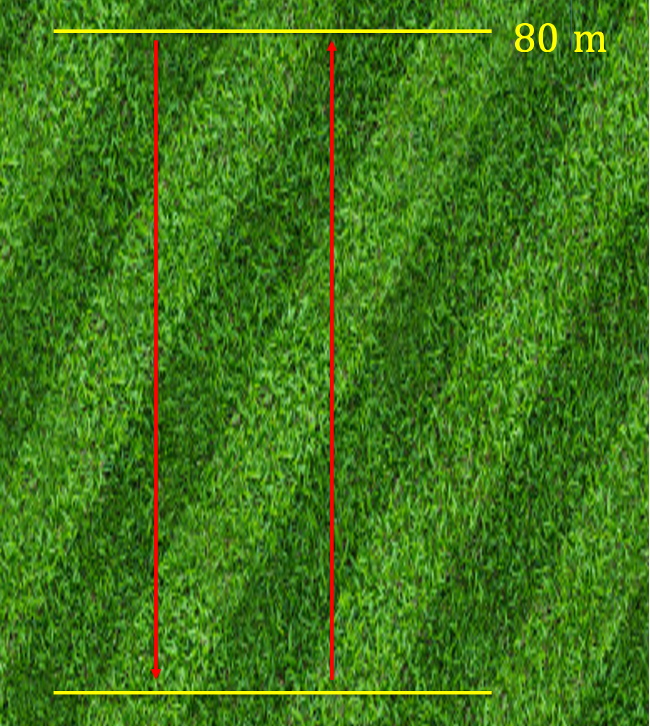MAS Running – How to use it
So MAS (maximal aerobic speed) is;
1.The minimum speed at which you hit VO2 max
2.Can be measured/tested with simple field-based tests
3.Can be used to personalize and prescribe your running training
For more detail, have a look back at part 1 of this discussion.
Great.
So my MAS is 4.5m/s.
And I want to do some of my own running before team pre-season goes back.
What do I do?
Having this existing figure to work with will ensure that you are able to personalize your own running efforts, limit the over-training early in pre-season, and also limit excessively anaerobic work too early in the preparation (which can be an easy trap to fall into when performing intervals). This is because, once you go over 100% MAS you are including anaerobic training in the drill, which is perfectly ok after a build-up, as if you are in a field sport working at 100%+ MAS is in the nature of your sport, however early in preparation, the less anaerobic the better.
So first things first, a few calculations;
(Remembering this was a 7.25 2km time trial from part 1.)
100% MAS = 4.5m/s.
Now we are going to convert this score into different percentages that we will run at;![]()
As previously mentioned, a common trap to fall into with the interval training (still a vast improvement on standard LSD running training mind you) is to jump right into the higher intensities too quickly. Even with the MAS prescription, it is common to see 120% being used straight off the bat. However, it is better to begin at 100% or less for the first couple weeks at least, before progressively increasing intensities, otherwise there is a far greater likelihood of breaking down during the pre-season. Additionally, if you are still 4-6 weeks away from team pre-season even beginning, or still 3+ months away from even playing trial games, there is no need to ramp up the intensity so far out from games. Be patient, be smart.
So taking these different percentages, what would a running session based around MAS look like?
It has become common practice for MAS structured intervals to be based around 15-30 second work intervals, with 15-30 seconds of rest (which can either be at a slower recovery or a complete passive recovery). However, early in the running period, longer intervals at a lower MAS are also valuable. An example would be as follows;
2 sets of 3 x 90 seconds at 85% MAS, with 90 seconds recovery between each rep.
This would equate to running 345 meters in 90 seconds, before a passive recovery, and 2 more repetitions.

A progression over a 2-3 week period would be a mixture of volume and intensity;
The one primary issue with the longer intervals is in regards to the pacing of the running – in that it can be harder to pace the type of speed that you need to run at for a 90 second interval to reach the appropriate distance. With longer intervals, it is much easier to be a considerable way off (and normally will involve running too fast).
As a result, the shorter intervals (with more of them) is a simpler way of approaching the running.
A similar method involves measuring a grid, with 30-second intervals.
In this format, a 100%/70% MAS grid can be performed, meaning 30-seconds running at 100% and 30 seconds running at 70% for a number of repetitions. In other words, you are still running at an average speed of 85% MAS over the duration, however with varying intensities, and shorter more easily ‘pace-able’ lengths of time relative to the distances.
Once again, the distances outlined are based around our hypothetical MAS of 4.5m/s.
A further method to touch on is performing the higher intensity MAS speeds (>120%), combined with a passive rest. These are generally performed for lower durations again. With 15 seconds on and 15 seconds off very common.
In our scenario, we are running these at 120% MAS, meaning covering 80 meters in 15 seconds, followed by 15 seconds of complete rest, before going again.


After a period of about 6 weeks, it makes sense to perform the 6-minute run or the 2km run (under the same conditions as best as possible), to re-calculate your MAS for prescription purposes. In any case, the variables must continue to change and be adapted to your developing condition.
Another simple progression to the last example is simply to add in a change of direction component (a slight tweak that may not seem like a big progression in difficulty, but it does quickly add up, and this change of direction element must be taken into account when calculating).
So using the format above, you would run up + back at 115% MAS (instead of 120% to factor in the direction change). This can either be kept at 15 seconds, expanded slightly to 20, or expanded right out to 30 seconds. However in each instance performed with a 1:1 work: rest ratio and rest being completely passive. However this direction change must be built up to progressively (certainly not performed under fatigue in week 2!)
This change of direction element is also a timely reminder that right from the early part of your preparation, acceleration and deceleration and direction changes are important to prepare for at lower intensities. Then you can build up to the higher intensities and volumes as the preparation period progresses. But in the earlier periods of preparation, the simplest thing to do is to add in 5-10 minutes of basic change of direction (similar to the shuttle run above, but also including some lateral steps, etc) immediately after your warm up, and leading into the MAS running. Think of it as ‘movement preparation’ or similar, rather than an extra block of conditioning, as it shouldn’t be performed at more than about 50% early on. But this is a discussion that has been had in more detail elsewhere. The point being that running preparation is more than just about building work rate. However, by incorporating MAS into your planning, you will be able to build up in a more calculated fashion, without overtraining (hopefully) early in your preparation period, and you will be able to set yourself more targeted tempos to perform at.
If you would like more detailed and personalised direction, checkout our personalised online programming, or if you would prefer even more personalised and detailed in-person coaching (for those lucky enough to live in the beautiful city of Adelaide), check out our Athletic Development Coaching and Junior Athletic Development Coaching.
Strength Coach

